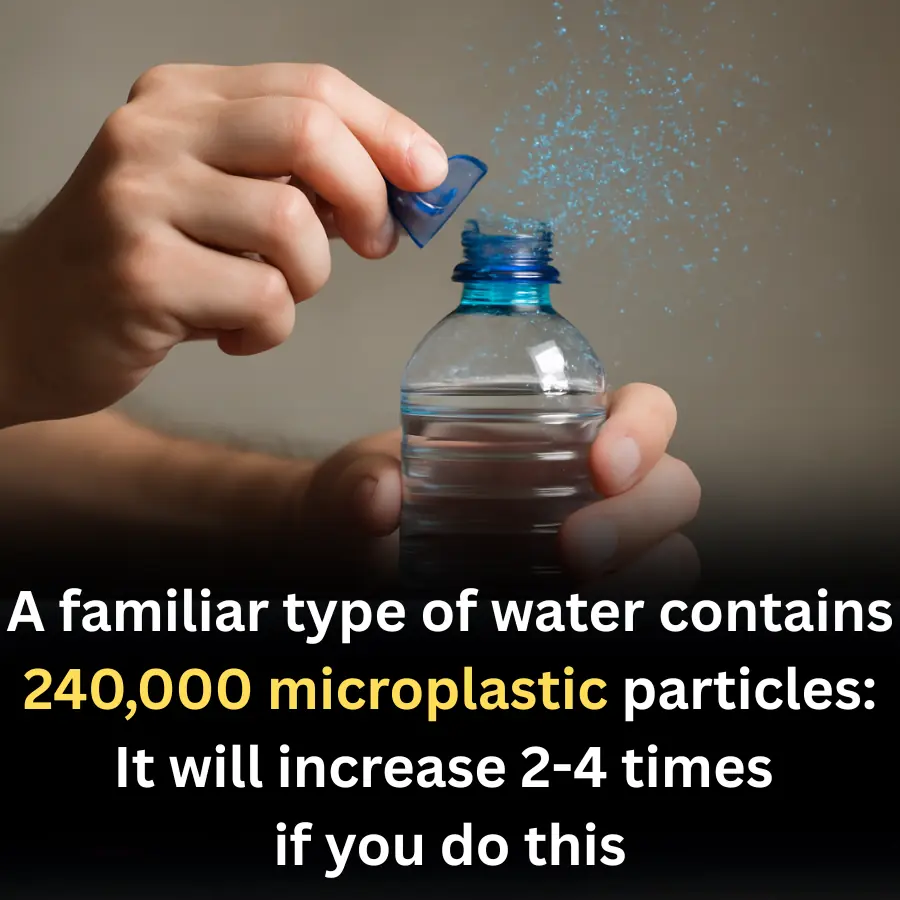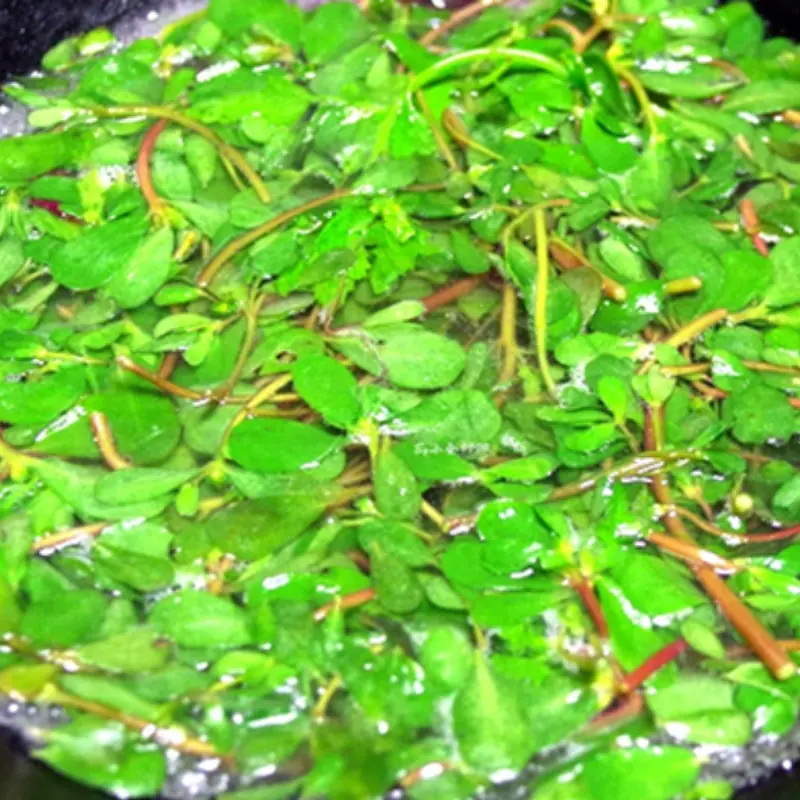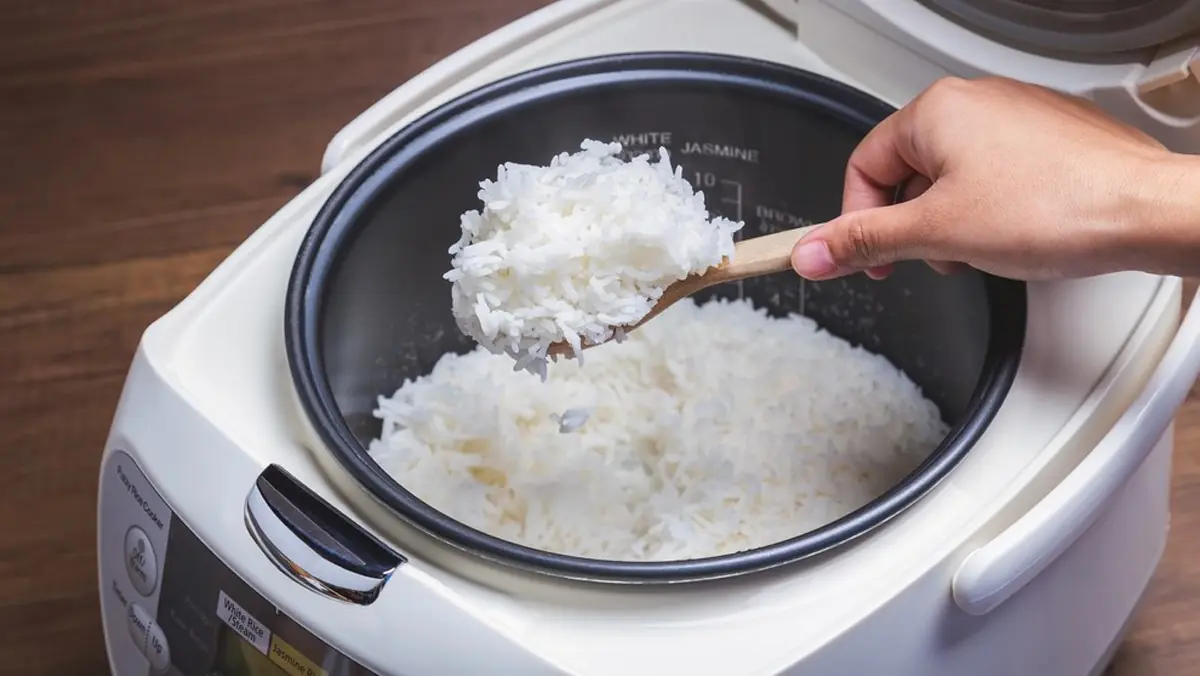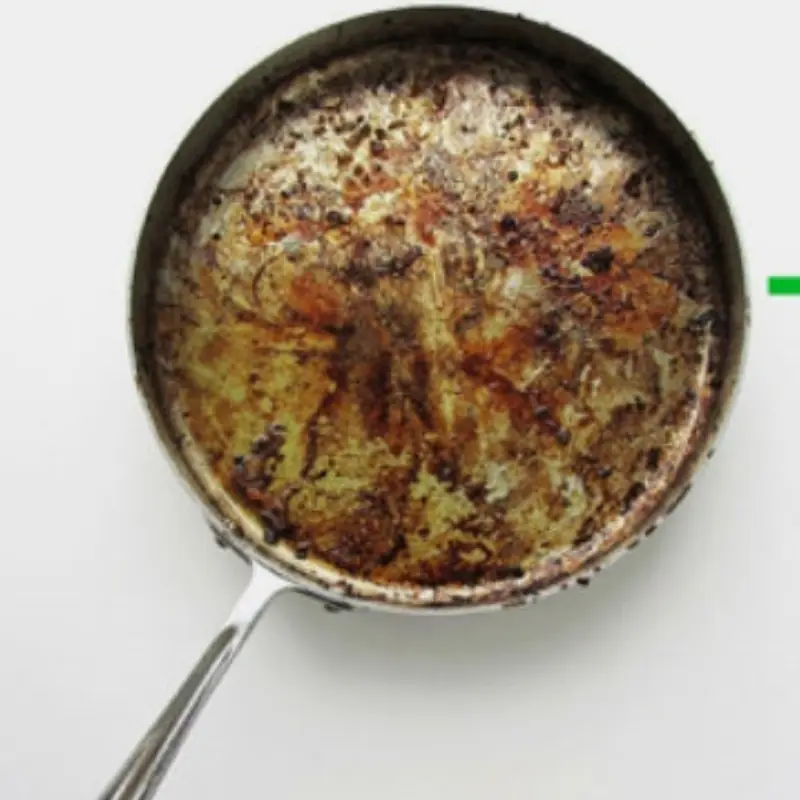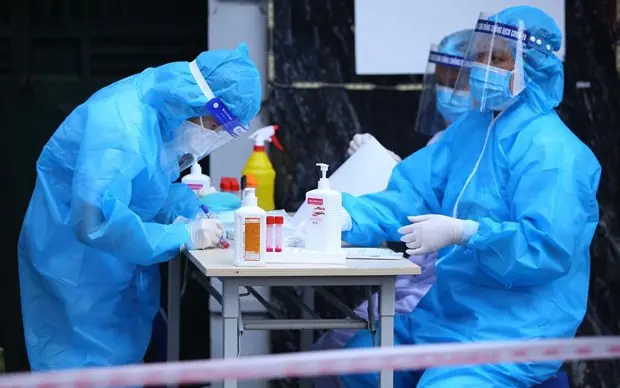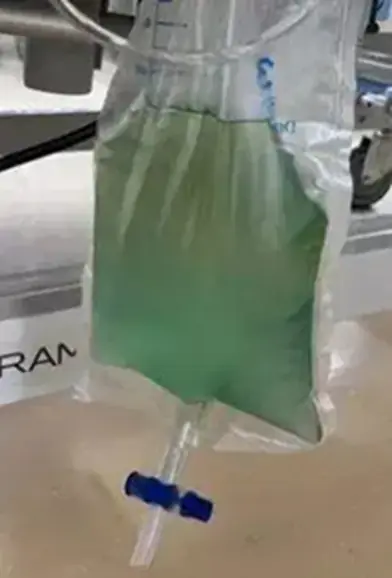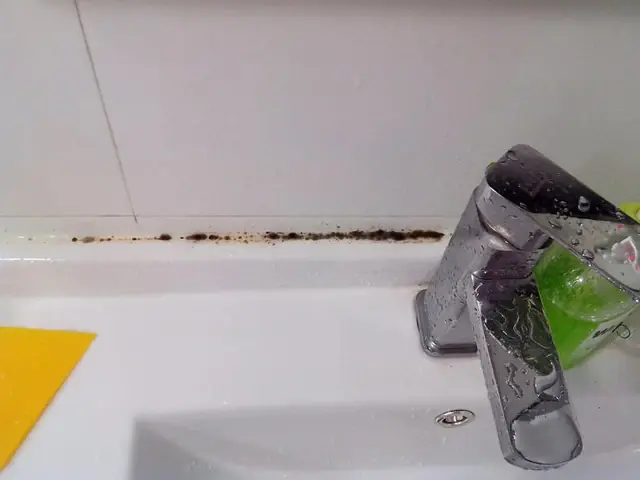Microplastics in Bottled Water: What You Need to Know
Microplastics are tiny plastic particles less than 5 millimeters in size, which have become a growing environmental and health concern worldwide. Recent studies have revealed that even bottled water, often perceived as a safer alternative to tap water, can contain microplastics.
What Are Microplastics?
Microplastics originate from the breakdown of larger plastic debris, synthetic fibers from clothing, microbeads in personal care products, and plastic packaging. Due to their small size, they easily infiltrate water sources and food chains, raising concerns about their potential impact on human health.
Microplastics in Bottled Water
Research published by organizations such as the World Health Organization (WHO) and various scientific institutions has found microplastic contamination in bottled water samples from many countries. These particles often come from the plastic bottles themselves or from the bottling process.
A 2018 study tested over 250 bottles of water from different brands worldwide and found an average of 325 microplastic particles per liter. Another investigation revealed some bottles containing over 10,000 particles per liter.
Potential Health Risks
While the long-term effects of microplastic ingestion on human health are still being studied, concerns include:
-
Inflammation and immune system disruption.
-
Chemical exposure from plastic additives or pollutants attached to microplastics.
-
Potential to carry harmful bacteria or viruses.
What Can You Do?
-
Opt for bottled water brands that use glass or BPA-free packaging.
-
Use reusable water bottles made of stainless steel or glass.
-
Filter tap water using reliable filtration systems.
-
Support initiatives to reduce plastic pollution and improve waste management.
Conclusion
Microplastics in bottled water highlight the broader issue of plastic pollution affecting our environment and health. Being informed and making conscious choices can help reduce exposure to these tiny yet pervasive contaminants.